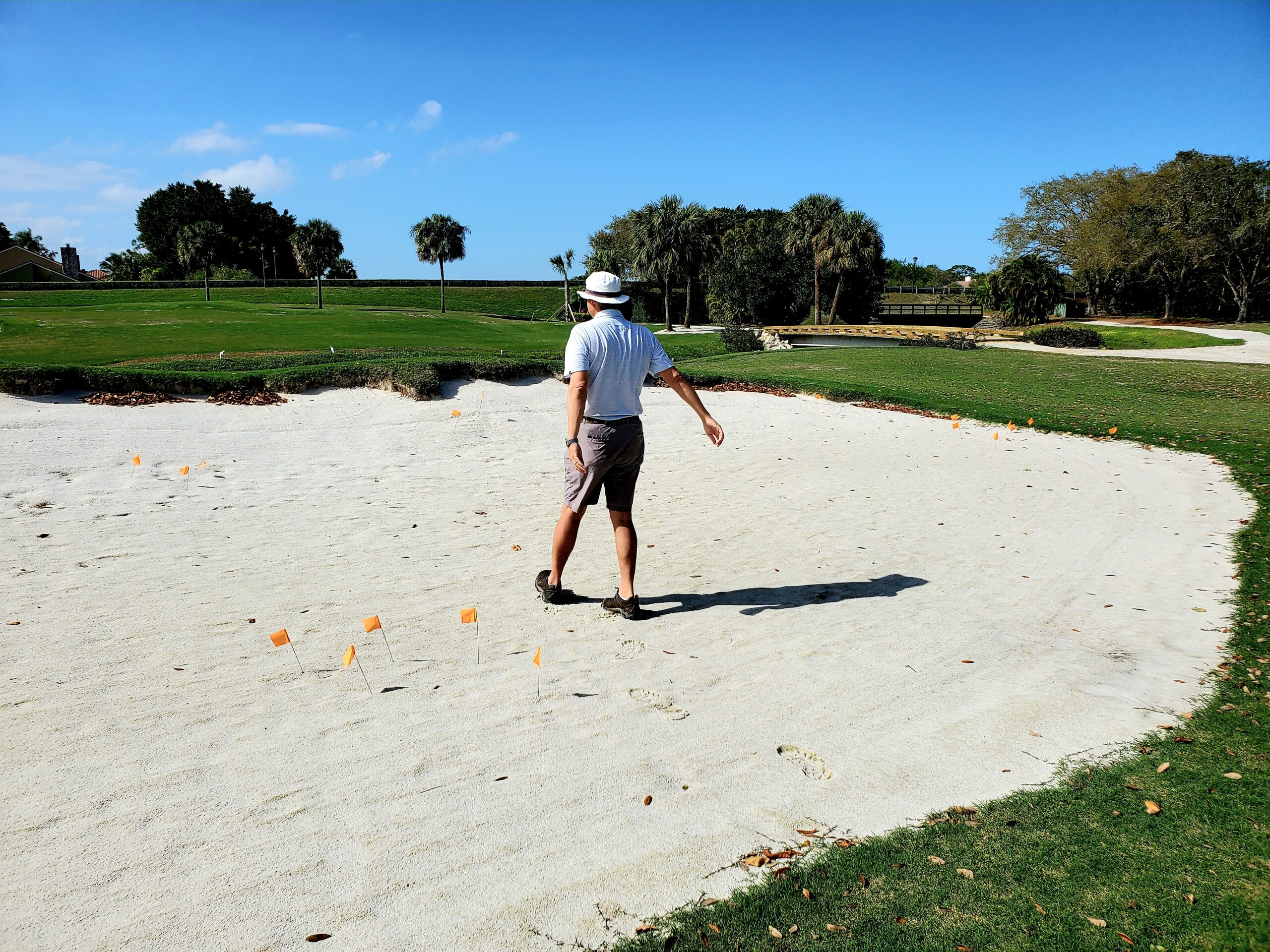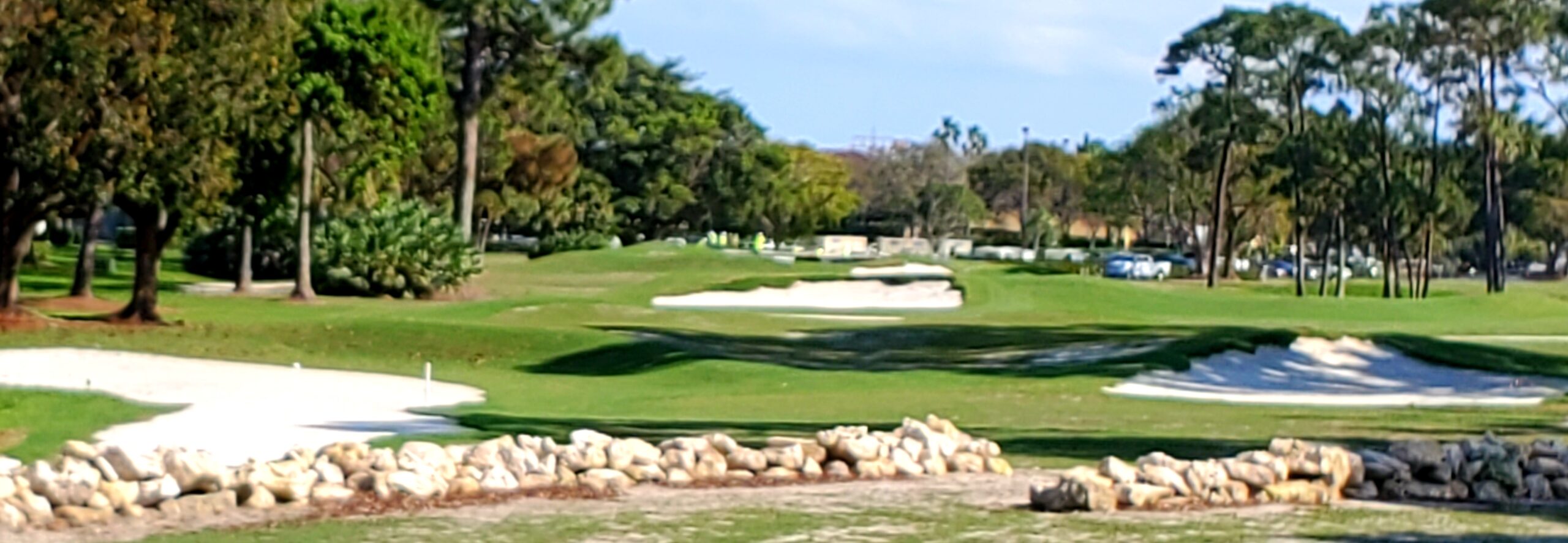
PALM BEACH GARDENS, Florida – PGA National, long one of the world’s top golf resorts, is about to undergo a major change – one that will broaden the golf options for visitors to the long-time home of this week’s. Honda Classic.
That PGA Tour stop has been a fixture on The Champion course since 2007. Jack Nicklaus designed the layout, noted for its fearsome three-hole stretch on the back nine known as The Bear Trap. PGA Tour players generally feel it’s the toughest course they play on their annual Florida Swing, and they’ll take another competitive look at it beginning on Thursday (MARCH 18).
Some attention will also be paid this week to what’s happening a few yards away from The Champion. Andy Staples, an Arizona-based architect who grew up in Wisconsin, is putting the finishing touches on two courses that are being built over what was The Squire, a design by George and Tom Fazio that opened in 1983. One will be a nine-hole par-3 course that is being built over what had been the Nos. 1 and 18 holes of The Squire. The other 16 holes of the Squire are being transformed into a shorter 18-holer. Staples calls the project a “re-imagination’’ rather than a renovation.
“These courses will have new names and the complex will be completely re-branded,’’ said Staples, who hopes the new courses will give PGA National something that has been missing at The Champion and its other three 18-holers – The Palmer, The Fazio and The Estates.
The nine-holer is scheduled to open in April, the new 18-holer in August or September. Their new names have not been announced. The Squire, closed for over a year, was a 6,750-yard layout. The new 18-holer will play at 5,744 yards. Staples was hired to do the project without a face-to-face meeting with any representatives of Brookfield Asset Management, the resort’s owner. Those preliminaries were all handled on line.
“I had said, `You’ve got the difficult golf. You can get your brains beat out in playing The Champion, then come out here (to the nearby new courses) and actually like golf,’’ said Staples. “The greens (on the new courses) will be challenging, but they’ll be a completely different offering than the tough golf you get on the other courses.’’
The par-3 course will have no set tee markers. One hole is designed to be played with a putter or with a rescue club chip. The real eye-catcher, though, will be the designated No. 5 hole. Players will be encouraged to tee off out of a bunker, and their 50-yard shot to the green is partially over water.
Greens will be regulation size with lots of pin positions available. Some of the pin locations will have a funnel effect.
“I don’t want to call them hole-in-one holes, but….’’ said Staples. We’ll leave it at that, but he promised that each green will have a difficult pin location as well.
There’ll be no rough on either course and the 18-holer will have 25 bunkers, whereas a typical Florida course has at least 60 or 70. Carts will be available on the new 18-holer, but the shorter course is walking-only.

“I don’t care if they don’t wear shoes there,’’ said Staples. “It’s meant to be a casual round.’’
The Squire was known as “the wettest, slowest course’’ on the property.
“They’d put the members out there when all the other courses were filled,’’ said Staples, “but it was always a popular course because it was short, and more friendly to the average golfer.’’
So why the change?
“Our No. 1 goal was to make the owners successful and to help players find a golf course that they’ll want to play over and over again, and bring a friend.’’ said Staples.
Brookfield ownership was all for the concept. Staples was introduced to the project in 2019 and hired in October of that year. Construction began in March of 2020, just as the pandemic was starting. The ensuing lack of play then made construction easier.
“That was an incredible blessing,’’ said Staples, “but it was also an indication that the people who own the place wouldn’t let something like that get in the way. They said it was a good time to do it, even though – at that point – we didn’t know what would happen to the golf market, if anyone would play golf at all much less the 30-40 percent more than are now playing.’’

